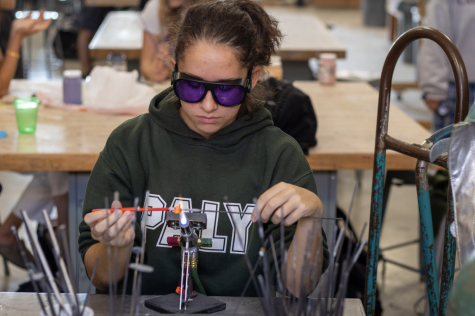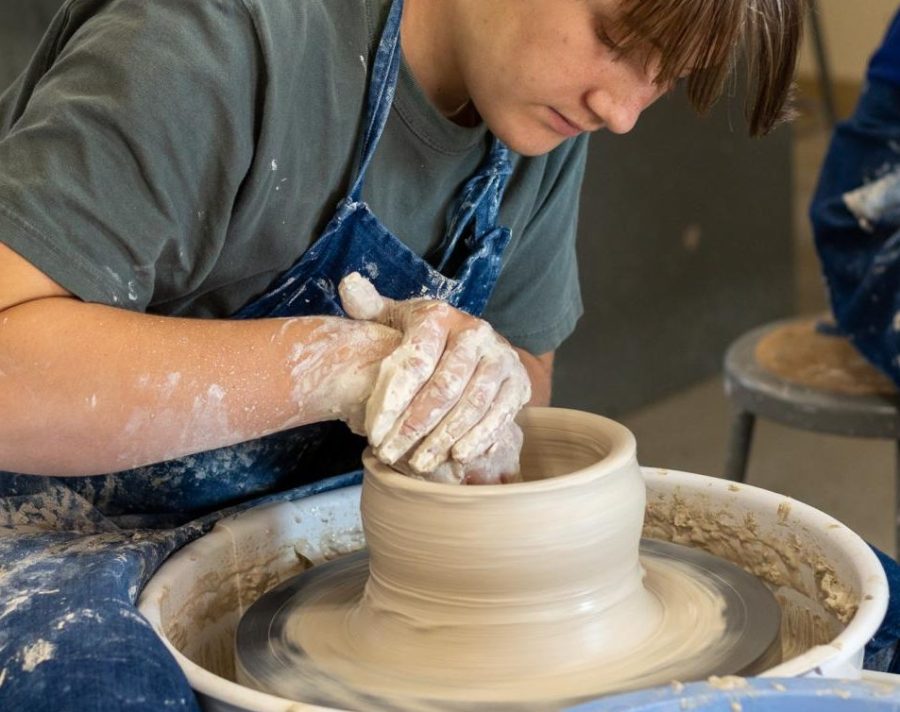Saving California’s K-12 art
How a “yes” on Proposition 28 would affect PAUSD arts and music
“The problem in California [in the 70s] was housing taxes, were going up,” Instrumental music teacher Jeff Willner told Anthro Magazine. “Howard Jarvis, he wrote this proposition [in 1978], and it was called Proposition 13 … with that, funding for education was down. What went first? The arts.”
Proposition 28 is a measure on California’s 2022 midterm ballot that would attempt to bring back some of that arts funding. It would mandate 1% of local education funding to be directed towards K-12 public school arts/music programs. This money would be drawn from both state and local funds for education agencies.
Proposition 28 would also allow Paly to rely less on fundraising from parents, according to art spectrum teacher Tracey Atkinson.
“Right now, we have to ask parents for donations to cover more paper, sketchbooks, things like that,” Atkinson said. “We do like to provide our students with … art supplies that are pleasant to use.”
Willner said that the biggest effect of Proposition 28 would not be on PAUSD, but on economically disadvantaged communities. Proposition 28 would require the state to give additional income to arts programs at schools in economically disadvantaged communities.

“We can’t operate on the funding that we get from the school,” Willner said. “We have to create our own fundraising mechanisms in booster groups … There’s more of that inequity thing where, well, so many schools that don’t even have a teacher — they’re not going to be able to put a booster thing together and build a program.”
Atkinson said that, in underfunded schools, arts programs are often the first to get cut.
“I definitely think that art, music, theater, dance, makes school more enjoyable for some kids, just an outlet for expression,” Atkinson said. “They’re missing out on the joy of making things, and that’s really unfortunate.”
Sue La Fetra, an art spectrum, and AP Art History teacher said that this could make a big difference for socioeconomically disadvantaged schools.
“It’s just a crime that we don’t already have this [proposition],” LaFetra said. “You can’t really educate art students without materials. Art is so fundamental to education.”
La Fetra said she believes that art is fundamental to humanity.
“It has been a part of us since the beginning of everything,” LaFetra said. “And so it’s really important that the kids continue to engage in art.”
Willner expressed concern about where this funding is going to come from.
“Something else is going to be like, cut funding,” he said. “Something would have to be rearranged as I read it.”
